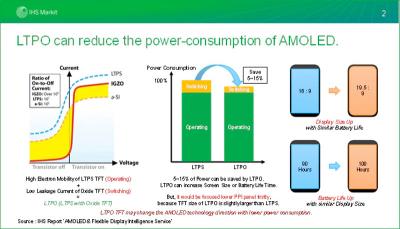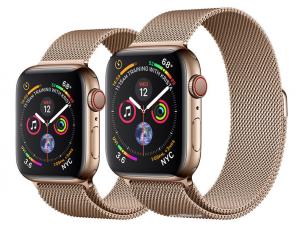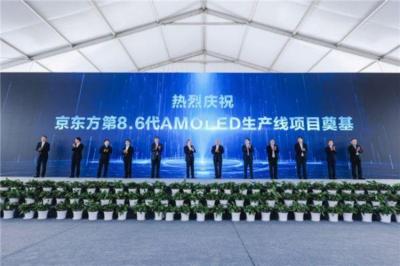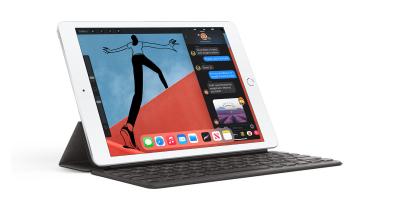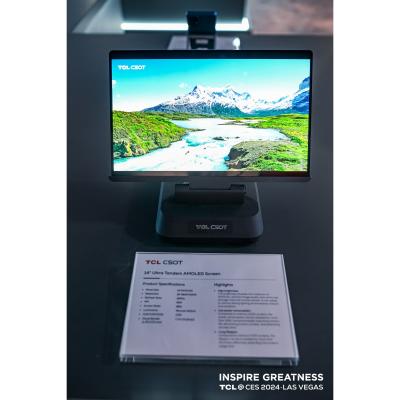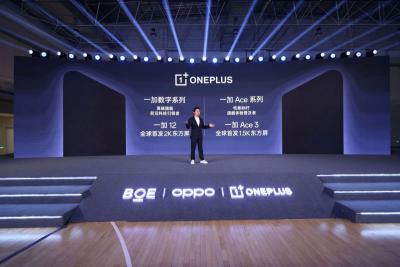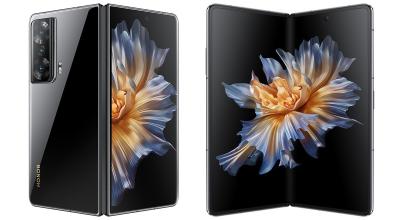Samsung announces the Z Flip6 and Z Fold6 foldable smartphones, and two new OLED wearables
Samsung announced today four new devices - two foldable smartphones, and two smartwatches, all with AMOLED displays. All of these devices will ship on July 24.
First we have the latest clamshell smartphone, the Galaxy Z Flip6 - that has a foldable 6.7" 120Hz 2,600 nits 1080x2640 LTPO AMOLED display. It also has a 3.4" 720x748 Super AMOLED cover display.
